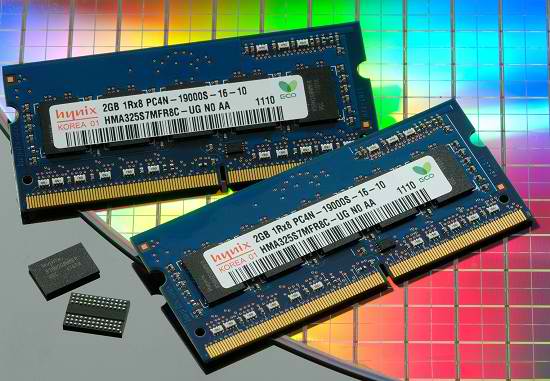DDR4 Memory Prototypes Demostrated at ISSCC
Two DDR4 memory modules were shown off at this years ISSCC.
With DDR4 DRAM set to hit the market in 2013, two manufactures took the opportunity at this years International Solid-State Circuits Conference (ISSCC) to demonstrate their DDR4 DRAM. It is expected that DDR4 will represent 50 percent of the market by mid-2015, after its initial launch on the server side in 2013.
DDR4 is set to have a data transfer rates of 2133 MT/s to 4266 MT/s compared to 800 MT/s to 2133 MT/s of DDR3. DDR4 is also expected to have significantly lower voltage requirements than DDR3. It will require between 1.05 V to 1.2 V to operate, whereas DDR3 requires between 1.2 V to 1.5 V. The lower voltage requirement is expected to reduces power consumption by 40 percent compared to a 1.5 V DDR3 module. DDR4 will not be pin compatible with DDR3, which means they will not be backwards compatible.

Samsung's DDR4 DRAM module can achieve data transfer rates of 2133 Gb/s at 1.2V, compared to 1.35V and 1.5V DDR3 DRAM at an equivalent 30nm-class process technology, with speeds of up to 1.6 Gb/s. Hynix's DDR4 device works at 2400MHz (2400 Mb/s) at 1.2V and processes up to 19.2 GB/s of data per second with a 64-bit I/O. Hynix used its 38nm manufacturing process technology, while Samsung employed the 30nm node instead.
Other manufacturers such as, Elpida, Micron and Nanya, didn't show off their DDR4 prototypes but are expected to by end 2012. With DDR4 set to hit the PC enthusiast market in 2014, are you going to make the jump to DDR4 or wait until it becomes mainstream much like many users did with the switch from DDR2 to DDR3?
Get Tom's Hardware's best news and in-depth reviews, straight to your inbox.